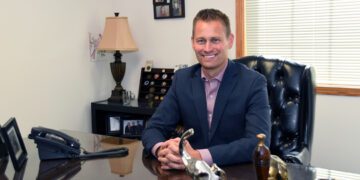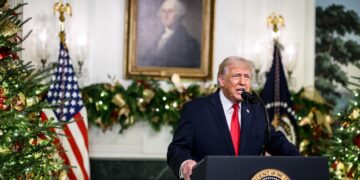The resurgence of Harley-Davidson following the imposition of tariffs in 1983 is often cited as an example of successful protectionist policy. But it just isn’t so, writes Scott Lincicome:
“Because of higher prices [induced by the tariffs], U.S. consumers paid approximately $150,000 ($351,000 in 2017 dollars) per U.S. motorcycle manufacturing job allegedly saved by the tariffs in 1984. […]
“Even more damning, however, is the fact that the tariffs played a very small role, if any, in Harley’s resurgence. First, import competition had weakened even before the tariffs were imposed—Harley made large bikes with 1000cc and 1300cc engines, while Japanese competitors (the main target of the safeguard) focused on smaller motorcycles with engines under 1000cc. Second, the targeted Japanese exporters easily avoided the new tariffs. Because only motorcycles with 700cc engines or larger were affected by the tariffs, Japanese manufacturers Honda, Suzuki, and Yamaha just developed, produced, and shipped motorcycles with engines between 695cc and 699cc. Kawasaki escaped the tariffs by shifting more assembly activities to its U.S. plant. Third, the United States exempted motorcycles from Germany, Italy, the United Kingdom and elsewhere, thus permitting brands from those countries to compete freely in the U.S. market. Finally, contemporaneous reporting from the 1980s showed that a complete overhaul of Harley-Davidson’s management, manufacturing, and marketing policies—not tariffs—was responsible for the company’s resurgence. The overhaul included, ironically, Harley’s adoption of Japanese manufacturing techniques.
“U.S. motorcycle sales data from 1983 to 1987 demonstrate the futility of the import protection that supposedly saved Harley-Davidson. Harley’s annual sales of motorcycles below 1100cc (i.e., the types covered by the tariffs) averaged 27.89 percent of the company’s total sales in 1983 and about the same share, 27.58 percent, in 1987. Japanese firms, by contrast, shifted sales to smaller motorcycles: 700–1099cc models dropped from a 53.98 percent share of their 1983 sales to below 28 percent in 1984–87, while their annual sales of 450–699cc models increased from 43.38 percent of total sales in 1983 to over 60 percent from 1984–87. These and similar data led economists Taiju Kitano and Hiroshi Ohashi to conclude that ‘the safeguard provided by the U.S. government until 1987 explains merely 6 percent of Harley-Davidson’s sales recovery.’” [Internal citations omitted.] [Cato Institute]







